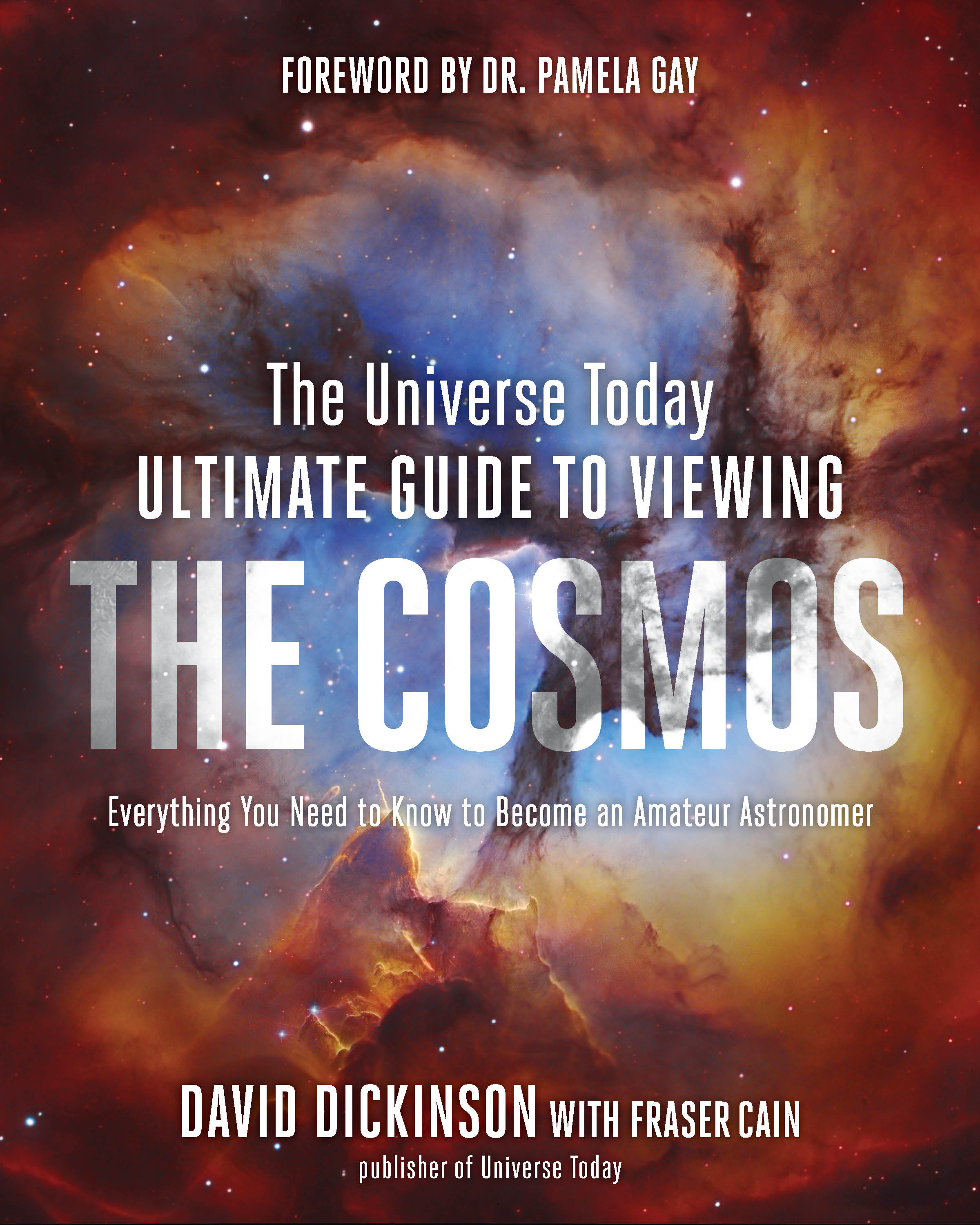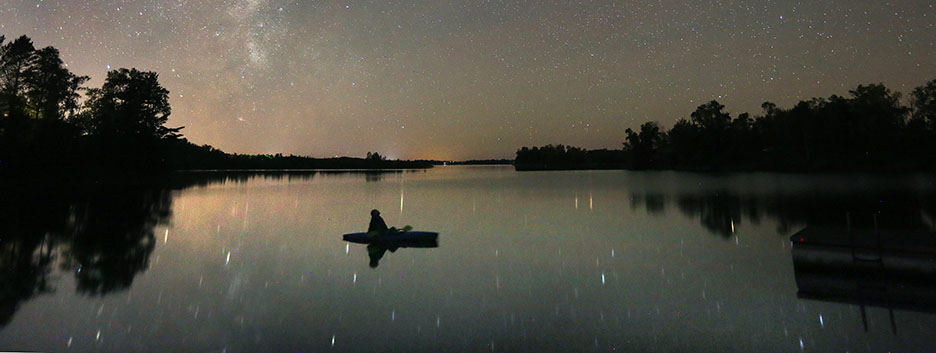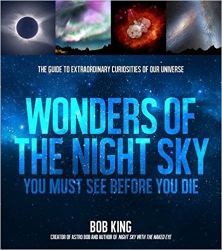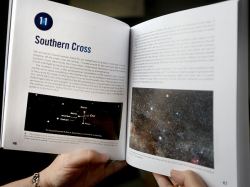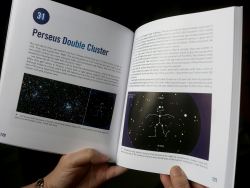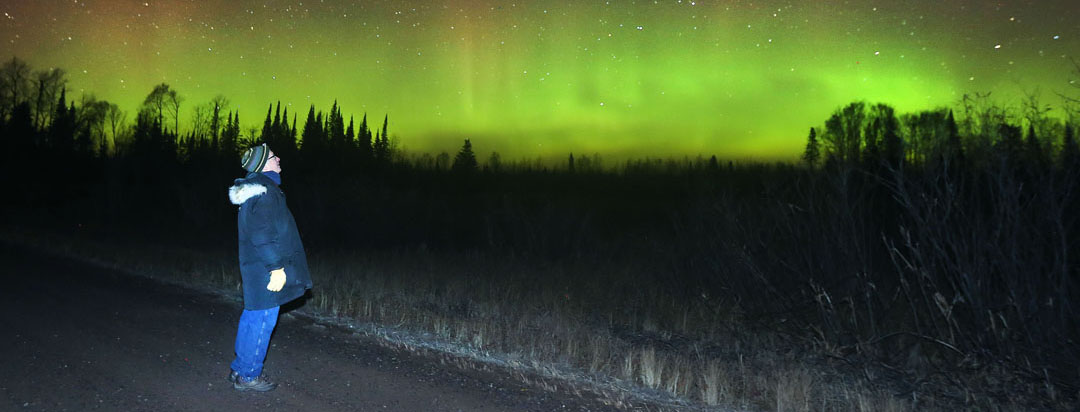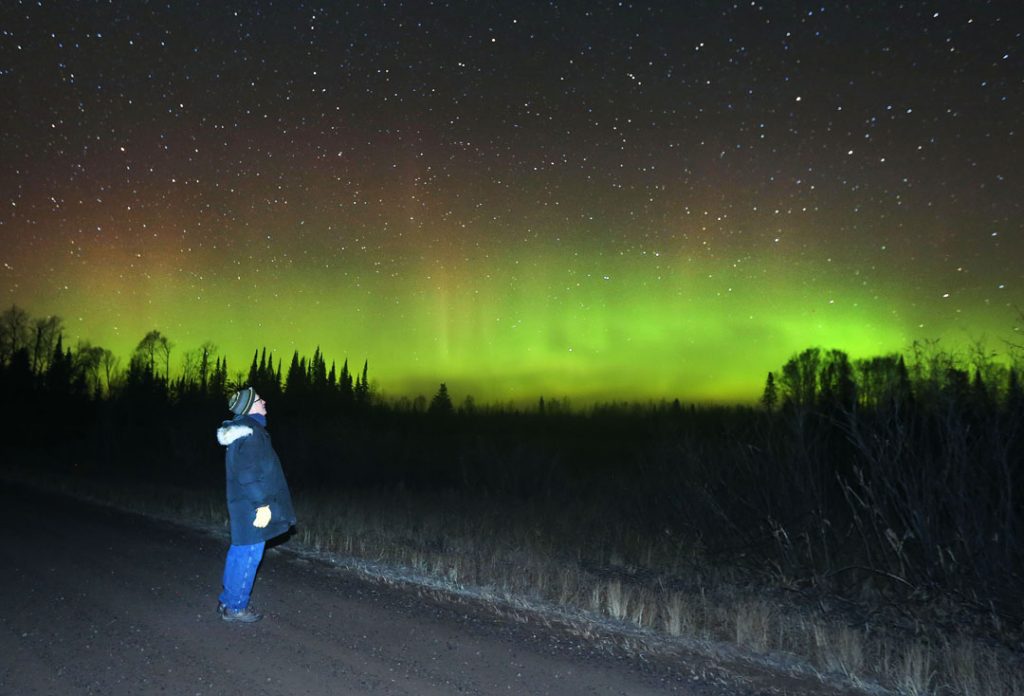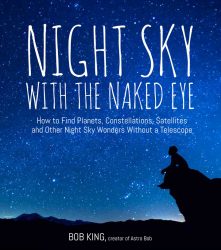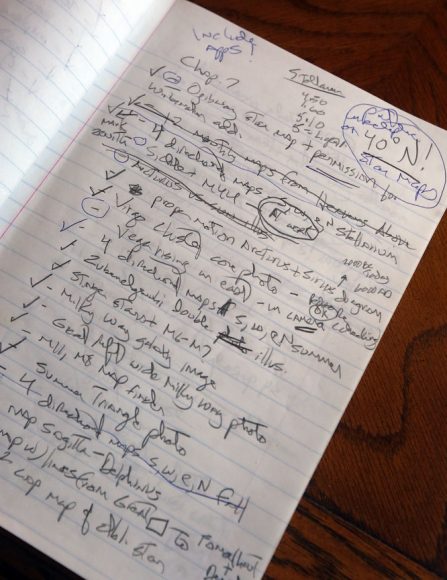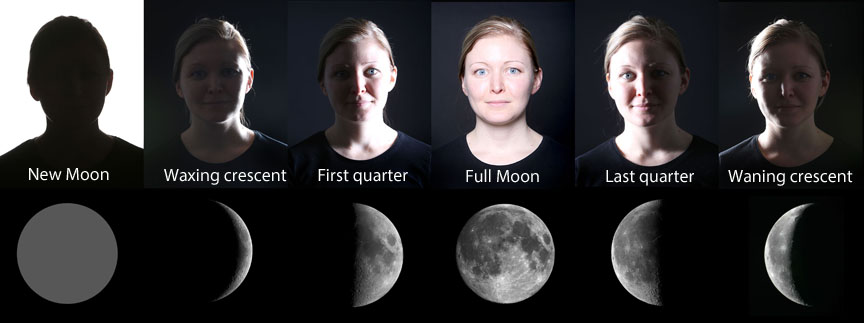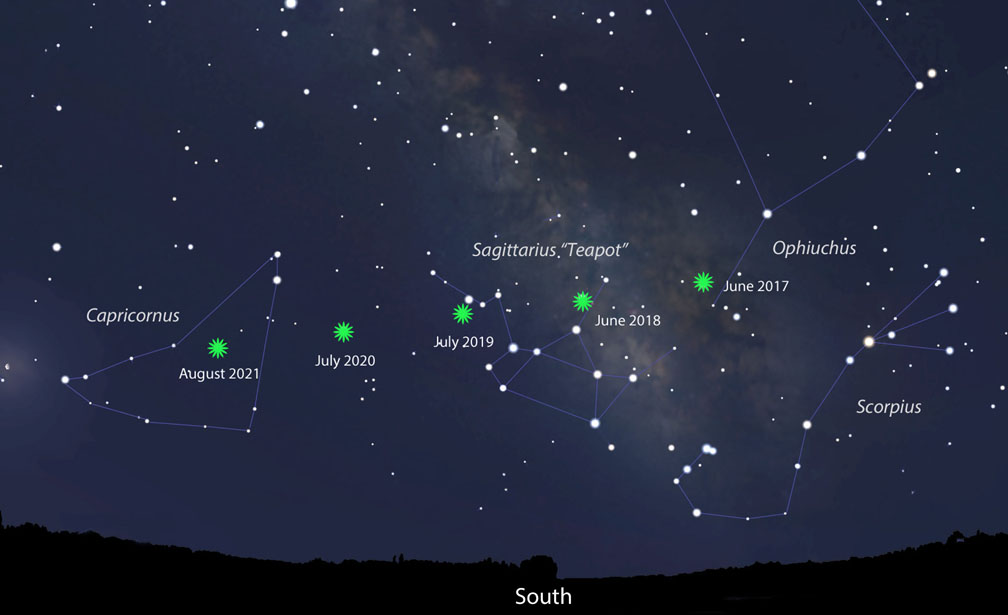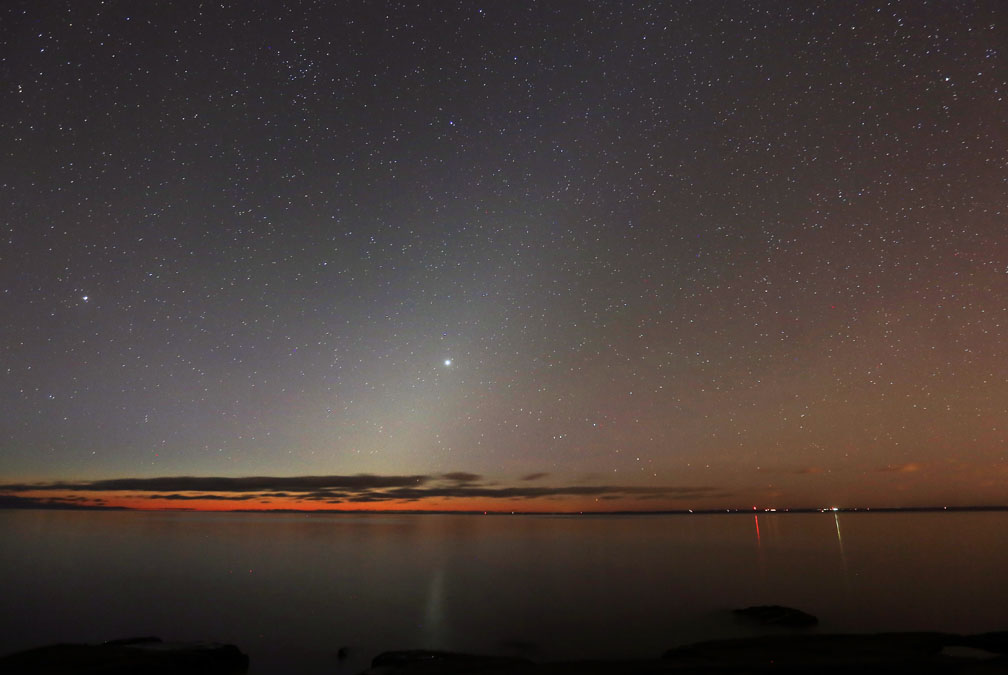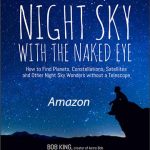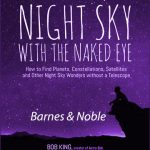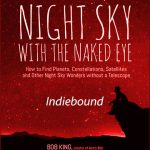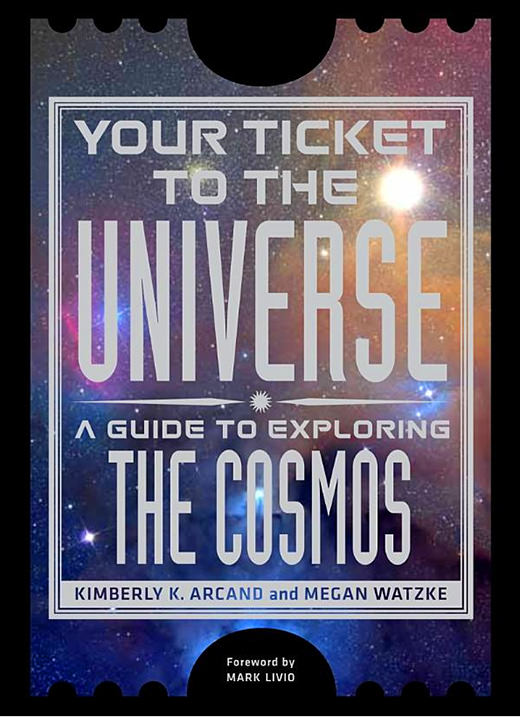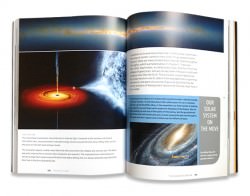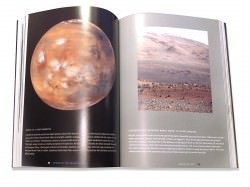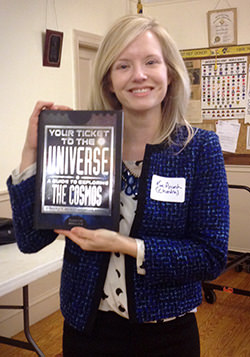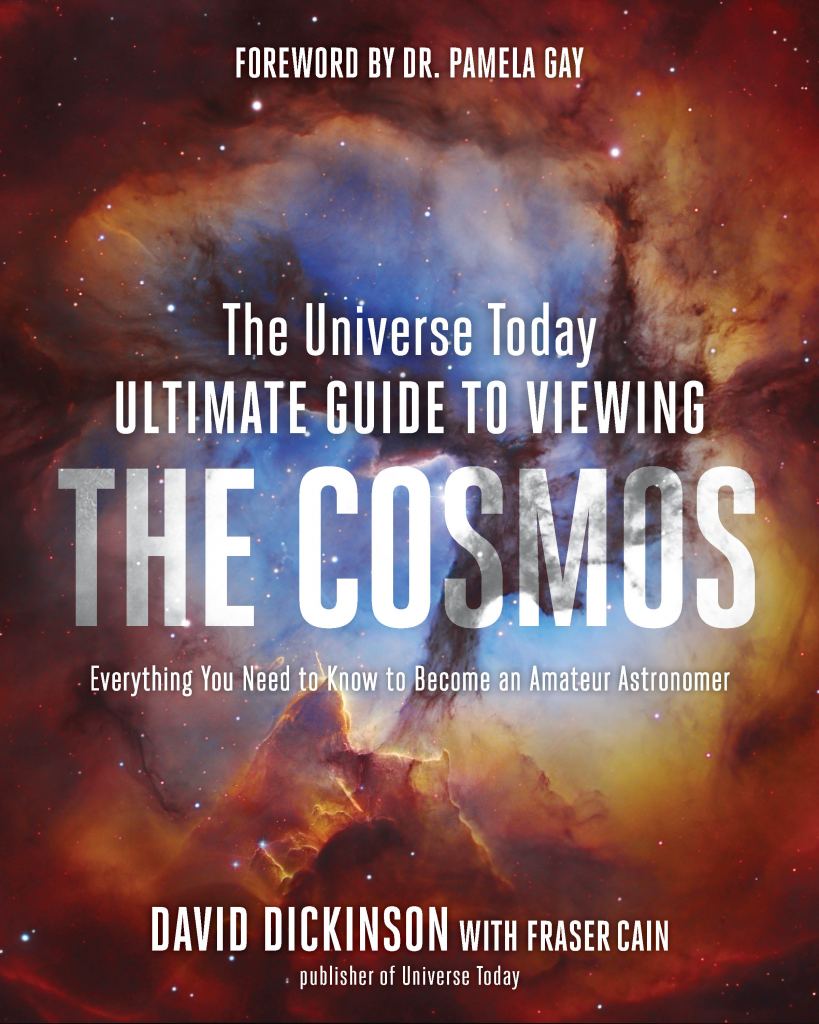
Have you ever wanted to get into the hobby of astronomy but don’t know where to start? It can be challenging, especially with the bewildering array of telescopes, objects in the night sky, and techniques. Our new book, The Universe Today Ultimate Guide to Viewing the Cosmos, is all you need to get started.
It’s written by David Dickinson, the Universe Today reporter who covers skywatching and astronomical events, with additional material from Fraser Cain, publisher of Universe Today, co-host of Astronomy Cast and host of the Guide to Space. There are also over a hundred photographs from contributing amateur astronomers, showing you what’s possible with some gear, skill and lots and lots of patience. And an additional forward from Dr. Pamela Gay, co-host of the Astronomy Cast podcast.
In the book you’ll learn:
- How to find your way in the night sky.
- Choosing and using a variety of astronomy gear.
- Following the Moon and the planets across the sky.
- Finding the deep sky objects: nebulae, galaxies and star clusters.
- What to see in the sky from season to season over an entire year.
- Finding modern wanderers, like satellites, space stations and more.
- Observing comets, asteroids and meteor showers.
- Safely observing the Sun.
- Astrophotography.
- The top astronomy events from 2019 – 2024
- Real science you can do and protecting the night sky.
Click here to buy a copy from Amazon. Or Barnes & Noble, or Indiebound.
Due to be published on October 23, 2018.
Author Dave Dickinson writes:
After years of discussing the idea, and about a year’s worth of essays, outlines, revisions and re-revisions, we’re happy to announce that our first full astronomy book comes out on October 23rd, 2018 courtesy of Page Street Publishing.
We’re talking about the Universe Today Guide to Viewing the Night Sky: Everything You Need to Know to Become an Amateur Astronomer. It’s already up available for pre-order on Amazon now, and we jam-packed it full with the very latest tips from the fast-changing world of amateur astronomy.
We drew off of decades of experience as an amateur astronomer and science writer, to show you just how far the field has evolved in just a few short decades. When I was a kid growing up as a child of the 70s (1970s that is!), a 6-inch Newtonian was a big ‘scope, Jupiter had twelve moons and we took pictures on plastic strips coated with a gelatin emulsion known as ‘film’. Today, you can purchase a ‘scope and camera rig for your backyard observatory that would be the envy of many a university, and discover comets before bedtime online.
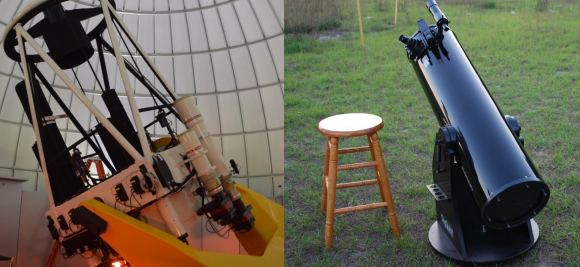
Why write one more ‘how to get started in astronomy’ guide? Hasn’t it all been done before? Well, our aim was not to write a textbook, but build something new, packed full of actionable information for backyard observers. If you’re a beginner, we’ll show you how to find your way around the sky, how to follow the planets and how things change overhead night to night, season to season and year to year. Even mid- to advanced observers may find out something new in the book, including, for example, how to hunt for and report a new comet discovery and tracking clandestine satellites.
The book is also chock of never before seen photos from dozens of astrophotographers from around the world. These cover the gamut of skill sets, from basic shots of the Moon and planets, to award-winning photos of eclipses and rocket launches. When it comes to astrophotography, our goal in the book was to take the beginner “over the hump” from doing basic star trail shots to deep sky astrophotography, a very steep learning curve to climb. Modern DSLRs, however, have made the entry into basic astrophotography easier than ever before.
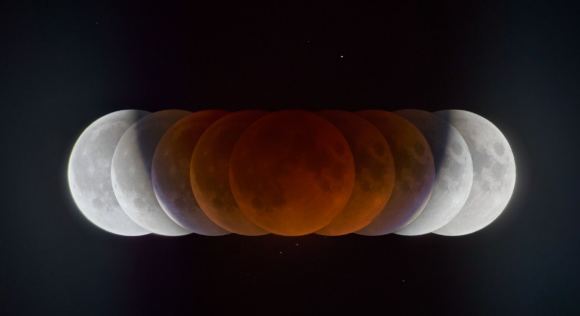
What satellite is that? Want to build a planetary webcam? How about doing interferometry… from your backyard? Each chapter of the book is packed with projects galore. We’ve personally completed every project in the book over the years, (except for the Sun Funnel, which was done by Dr Pamela Gay), and we shared all of our experiences in the book.
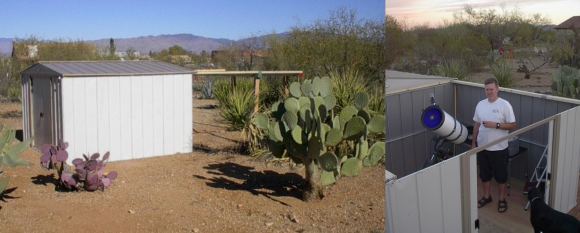
We also shared our own personal narrative throughout the book, a journey of several decades in amateur astronomy doing star parties, using telescopes, chasing eclipses and observing from around the world. The history of astronomy is a fascinating one, and the roles of professional and amateur astronomers blur, then merge as you travel back in time. We tell some of those fascinating tales in the book, from how we almost ended up with a planet named George, to whether or not Copernicus really saw Mercury, to why deep sky cataloger Charles Messier is buried in the same graveyard as rock star Jim Morrison. These fascinating asides give us insight in just how the largely untold story of the history amateur astronomy played out against the backdrop of human drama over the millennia.
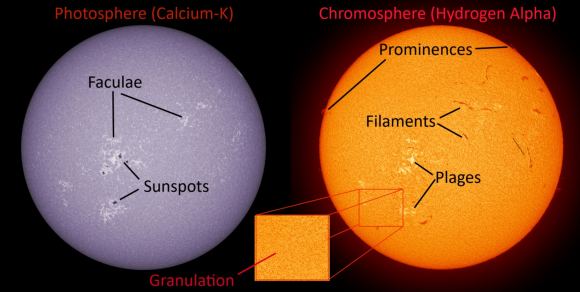
One key challenge with writing a book is the long production trail of often a year or more. You want to write something that’s ageless, but we all want to stuff the very latest facts in discoveries in there, as well. We raced to add in the very latest space news (the passage of interstellar asteroid 1/I ‘Oumuamua through the inner solar system in late 2017 was a good example) all of which threatened to make the book obsolete before it ever hit the shelves. We grew up with seminal classics such as T.W. Webb’s Celestial Objects for Common Telescopes, Guy Ottewell’s annual Astronomical Calendar and Burnham’s 3 volume Celestial Handbook, all essential guides still sitting on our desktop that have stubbornly resisted digitization. We still marvel at these works and pick them up and peruse through them like old friends. It’s our fondest hope that our new book lights the same tiny spark of inspiration as those classics.
The book also contains some unique graphics, from the geometry of eclipses, to just how satellite orbits work and more. We worked hard to give the reader some unique perspectives with these graphics, something you won’t find anywhere else. We can also now say personally, as a writer of both fiction and non-fiction, that doing a simple “wall of words” novel versus text and graphics now feels like only doing half a book!
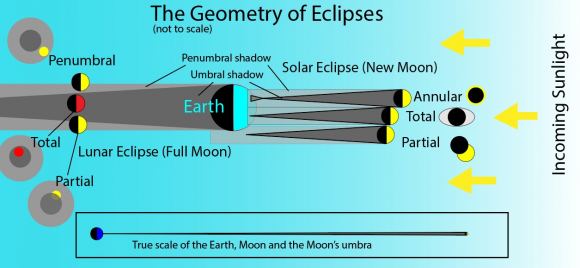
Hopefully, this book will ignite the spark to get you out and observe, not only on every clear night, but to simply see the wonder and weirdness that surrounds us, everyday. Amateur astronomy is now nearly as much an online pursuit as it is a backyard hobby, and we lead the reader to those essential websites to show you where we’re looking when a new comet is discovered or when the Sun erupts in activity.
What’s next? Well, one aspect we really wanted to do up right was a set of concise constellation charts, covering the entire sky. We had to settle for basic overview charts to familiarize the reader with the sky by seasons and the overall layout of the constellations—otherwise the book would’ve been twice as long (and took twice the time) to write. Our hopes are to create a compendium star atlas for the book… soon.
Be sure to check out the Universe Today Ultimate Guide to Viewing the Cosmos – out October 23rd, now up for pre-order, for inspiration and an introduction to the fascinating world of amateur astronomy.

